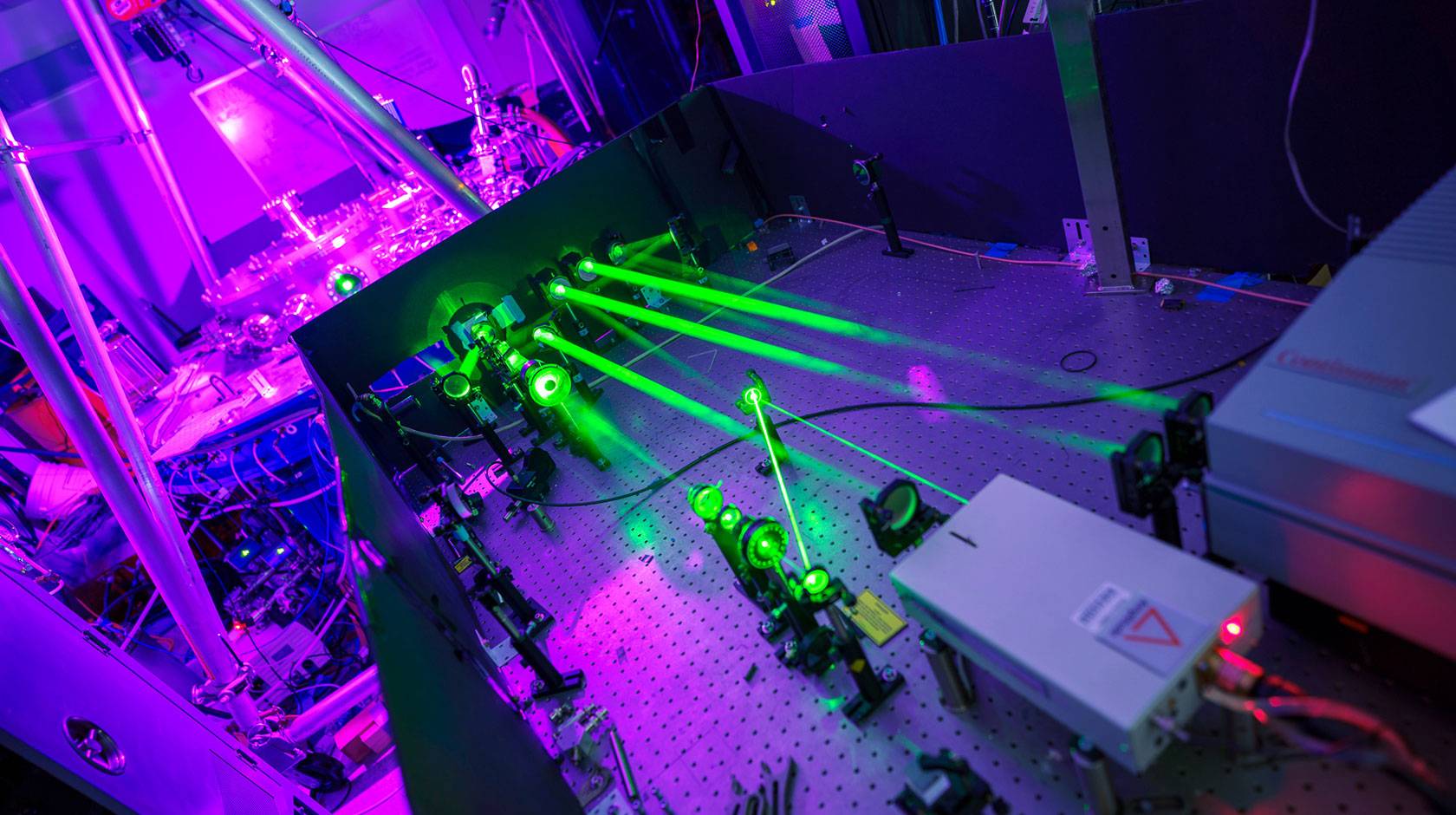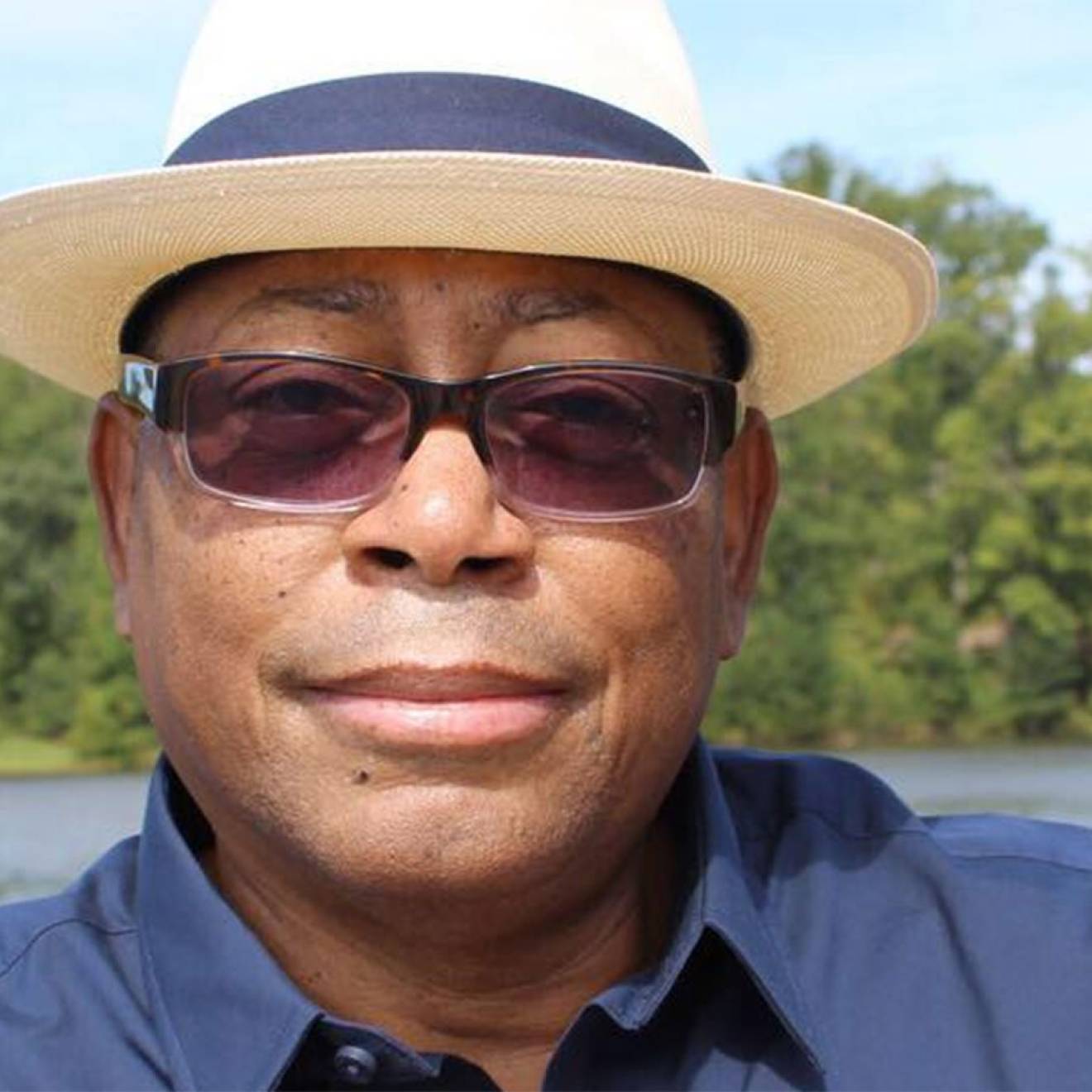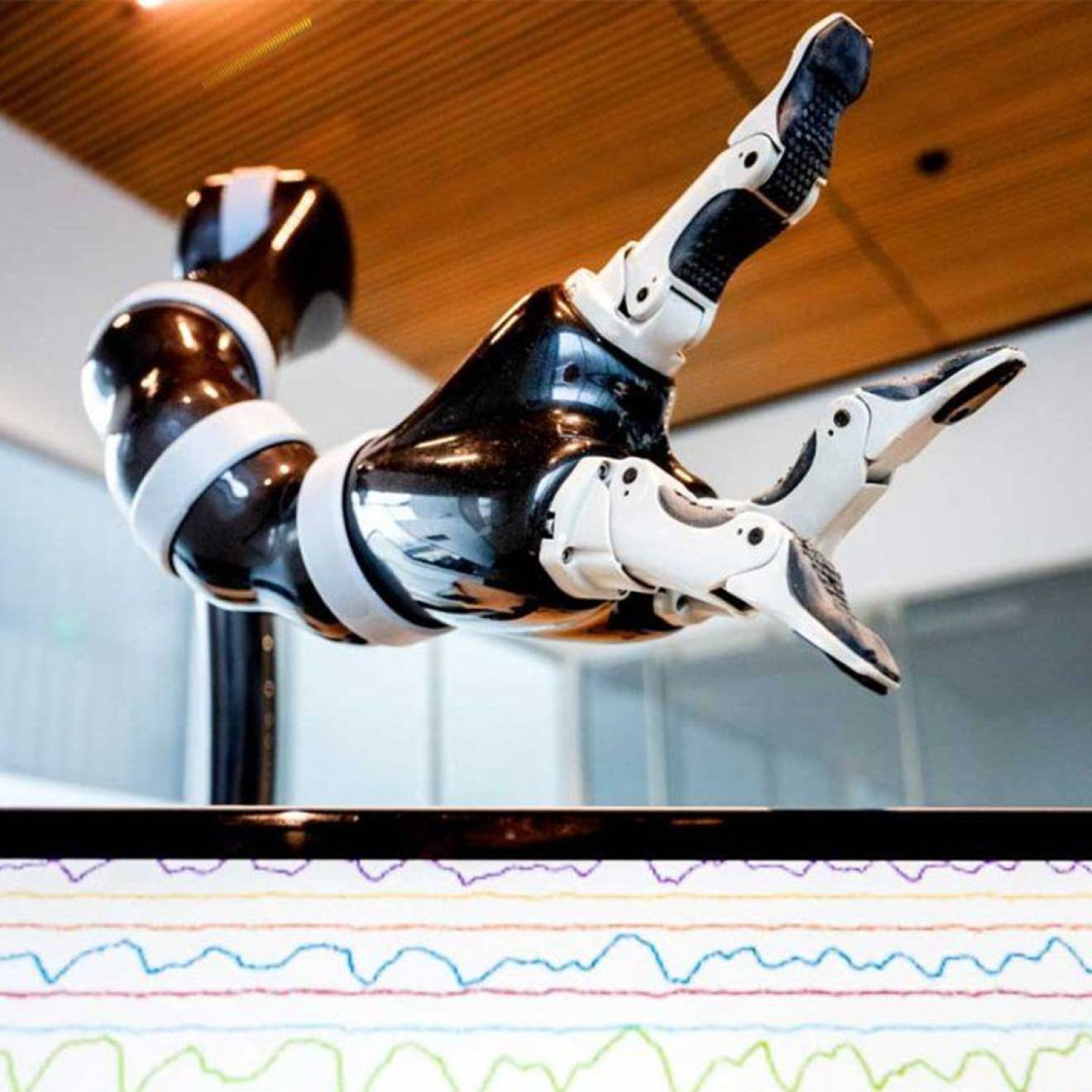Julia Busiek, UC Newsroom

The University of California has awarded $8 million in multicampus research grants, in partnership with UC-managed national laboratories, to accelerate progress toward a future powered by abundant, stable, zero-carbon fusion energy.
The UC Initiative for Fusion Energy provides two grants of $4 million over three years. The two winning teams are composed of UC faculty across a wide range of disciplines, representing five UC campuses and the UC-managed Lawrence Livermore and Los Alamos National Labs. This research is funded by fee income the university receives for managing the Los Alamos and Lawrence Livermore National Laboratories.
What is nuclear fusion?
Fusion is a type of nuclear reaction that powers our sun. It emits no greenhouse gases, generates very little waste, and is fueled by hydrogen, the most abundant element in the universe. Given fusion’s potential to address energy and national security challenges, the federal government has long underwritten the complex pursuit of reproducing this incredibly powerful reaction here on Earth.
In 2022, scientists at the National Ignition Facility at UC-managed Lawrence Livermore National Laboratory achieved fusion ignition in a lab for the first time, sparking a nuclear reaction that emitted more energy than it consumed. Since that initial blast, the team at Livermore Lab has since achieved fusion ignition multiple times.
Federal, state and industry leaders identify fusion energy as a priority
These breakthroughs bring us ever closer to a fusion-powered future. But significant challenges remain before fusion can be safely and economically harnessed in power plants.
Solving these challenges is a key priority for U.S. Secretary of Energy Chris Wright. In his first secretarial order, Wright identified nuclear fusion as a technological breakthrough that will unleash American energy innovation, meet the nation’s rising energy demands and maintain its global security and competitiveness.
Fusion energy likewise offers tremendous potential to help California meet its ambitious goal of generating 100 percent clean energy by 2045 and advancing the state as the epicenter of global innovation. In an October 2025 gathering at UC Berkeley, Governor Gavin Newsom signed a bill dedicating $5 million in state funds to research and development supporting the commercialization of fusion energy, with the goal of delivering the world’s first fusion energy pilot project in the state by the 2040s.
Expanding California’s global leadership in nuclear fusion
Working with federal, state and industry leaders and experts at the three UC-managed national labs, UC scientists have for many decades contributed some of the most important new knowledge toward the development of nuclear fusion. Today, UC still leads the field in identifying and addressing the most significant science and engineering challenges in advancing this technology. The UC Initiative for Fusion Energy has identified and allocated funding to address three key research priorities for the coming decade:
Developing materials that can withstand the extreme conditions surrounding a fusion reaction
Developing tools and processes to measure and understand what’s happening inside the reactor, a discipline known as fusion diagnostics
Developing a self-sustaining source of fuel as part of the fusion reaction
“With more engineers and scientists in fusion energy and its related fields than any other U.S. university, the University of California is in the best position to address these challenges,” says UC Vice President of Research and Innovation Theresa Maldonado. “What’s more, bringing fusion energy to the grid will rely on disciplines beyond those focused on fusion energy production. Across its 10 campuses and three national labs, UC also offers unmatched expertise in electricity distribution and grid management, supply chains, market economics, infrastructure engineering and construction, workforce development, policy and public engagement and more.”
“The UC Fusion Energy Initiative sponsors innovative research, fosters new collaborations between UC faculty and national laboratory scientists, and provides unique training opportunities for UC graduate students and postdoctoral fellows,” says UC National Laboratories Vice President June Yu. “The funded projects exemplify cross-disciplinary collaboration that will generate new knowledge and leverage the unique capacities and facilities at UC campuses and national labs. Research sponsored by this program will contribute significantly to areas of strategic importance to UC, the national laboratories and the American people.”
“As an industry leader in fusion energy development with a history of productive collaboration with UC and as the organization that operates DIII-D, a DOE fusion facility in San Diego, General Atomics is excited to see the university make these meaningful, strategic investments toward solving the field’s most pressing scientific and engineering challenges,” says Anantha Krishnan, senior vice president of the Energy Group at General Atomics, a San Diego–based energy and technology corporation that is partnering with the University of California to advance the technology. “With both of the nation’s premier fusion facilities, a quarter of its fusion energy startups and approximately $2 billion in private investments, California is the frontier of America’s fusion energy development. The state’s leadership owes much to the groundbreaking work of scientists and engineers from UC campuses and affiliated national labs and DOE facilities, and the UC Fusion Energy Initiative is exactly the kind of program that will extend that leadership into the next decade and beyond.”
UC Initiative for Fusion Energy project overviews
Center for Fusion Energy — Materials and Diagnostics for Extreme Conditions (MDeC)
Lead investigator: Farhat Beg, professor of mechanical and aerospace engineering and director of the Center for Energy Research, UC San Diego
Partners: Lawrence Livermore National Laboratory, Los Alamos National Laboratory, UC Irvine, UCLA, UC San Diego, UC Santa Cruz
The Center for Fusion Energy will leverage the specialized manufacturing, measuring and computational tools of Los Alamos and Lawrence Livermore Labs and participating UC campuses to advance fusion materials discovery. Faculty, staff scientists and students will model and develop new materials that can withstand the harsh radiation environment relevant to nuclear fusion reactors. They will improve materials-tritium interactions to reduce losses. They’ll also develop new sensor materials for use in fusion diagnostics and deploy AI and machine learning to analyze data in real time.
More from UC San Diego: UC San Diego will lead a new California effort to make fusion energy a practical reality
More from UC Santa Cruz: UC Santa Cruz scientists to develop diamond-based sensors to monitor fusion-energy generation
Predictive Discovery of Radiation-Resistant Alloys for Extreme Fusion Environments
Lead investigator: Penghui Cao, associate professor of Mechanical and Aerospace Engineering, UC Irvine
Partners: Los Alamos National Lab, Lawrence Livermore National Lab, UC Irvine, UC San Diego, UC Santa Barbara, UC Berkeley
This project will establish a hub for predictive discovery and accelerated demonstration of durable, supply-resilient alloys for fusion reactors, through innovative, multiscale modeling, machine learning/AI, advanced irradiation and performance testing. Through this research, the team will design materials property maps, providing a platform for selecting, testing and validating materials more quickly and efficiently.
UC and the national labs
The University of California has a 90-year history in the management and operation of its three U.S. Department of Energy national laboratories as a public service to the nation. Learn more about this partnership with the federal government and other fee investments to further the missions of Department of Energy and the university at the SoCal Hub and the University of California Livermore Collaboration Center.

